Introduction to the December Full Moon 2025
Known as the Cold Moon, this December Full Moon will illuminate the night sky on December 4 and offer skywatchers the final Supermoon of the year. Even more impressively, it will be the highest Full Moon visible in the Northern Hemisphere—and the lowest for observers in the Southern Hemisphere—until the year 2042. This rare astronomical alignment makes it a must-see event for anyone interested in stargazing, photography, or simply enjoying the natural rhythm of the sky.
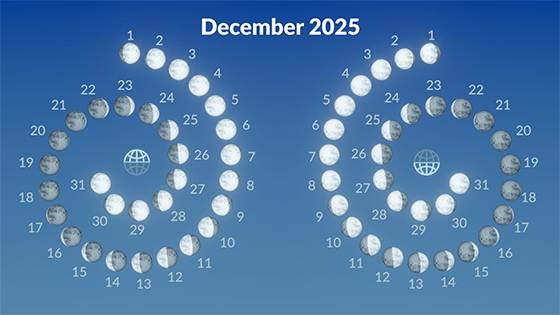
As we approach the winter solstice in the Northern Hemisphere and the summer solstice in the Southern Hemisphere, the December Full Moon takes on unique characteristics influenced by the Moon’s orbital tilt and the current major lunar standstill cycle. Whether you’re using a stargazing app like Sky Tonight or simply stepping outside to look up, this guide will help you understand when to see the Cold Moon, why it behaves so differently this year, and what other sky events surround it.
When is the Full Moon in December 2025
The December 2025 Full Moon will reach peak illumination on December 4 at 23:14 GMT. Although the exact moment of fullness occurs at this time, observers will see a bright, nearly full lunar disk for about 24 hours before and after. This Full Moon is also the final one before the December solstice, marking the end of the astronomical season. Northern Hemisphere observers can enjoy long winter nights, allowing more time to admire the glowing Moon, while those in the Southern Hemisphere can make the most of warmer, more comfortable viewing conditions.
Moon phases for December 2025
Throughout December 2025, the Moon passes through its regular sequence of phases, offering plenty of opportunities to enjoy the night sky. The Last Quarter falls on December 11 at 20:52 GMT, followed by the New Moon on December 20 at 01:43 GMT.

The First Quarter appears on December 27 at 19:10 GMT. These phases allow stargazers to explore deep-sky objects, planets, and meteor showers with varying levels of moonlight.
New Moon in December 2025
The New Moon on December 20 provides ideal dark-sky conditions just two days before the Ursids meteor shower peaks. With rates of up to 10 meteors per hour, the Ursids offer a quiet but pleasant end to the year’s meteor activity. The absence of moonlight makes late December an excellent time for observing star clusters, bright planets, and galaxies. Using the “Visible Tonight” feature in Sky Tonight can help you find the best targets for your location.
What time does the Full Moon rise
Moonrise and moonset vary by location, but the Full Moon typically rises at sunset and stays in the sky all night. To find your exact moonrise time, you can use popular astronomy apps that provide accurate local data. On December 4, simply adjust the date within the app to view detailed rise and set information. This step-by-step approach ensures you never miss the moment the Cold Moon climbs above the horizon.
December Full Moon in Taurus
In December 2025, the Full Moon appears in the constellation Taurus. The December Full Moon usually falls in Taurus, Gemini, or occasionally Orion. Its position enhances the winter sky’s brilliance, especially since Taurus contains several notable deep-sky objects. The next time the December Full Moon appears in Orion will be December 20, 2029—a night that will also feature a total lunar eclipse.
Bright stars near the Full Moon in December
On December 4, the Cold Moon will appear close to the Pleiades star cluster. Although its brightness may wash out the cluster, binoculars can still provide a beautiful view. On December 5, the Moon aligns with Pollux in Gemini and bright Jupiter, creating a striking straight-line formation ideal for astrophotography. Later in the week, the Moon passes near the Beehive Cluster, but binoculars or a telescope will be needed to overcome the moonlight.
Major lunar standstill and why this Full Moon is extreme
The December 2025 Full Moon is uniquely positioned within the ongoing major lunar standstill cycle, which runs from 2024 to 2025. During this period, the Moon reaches its maximum and minimum declinations, making its rising and setting points drift farther north or south than usual.
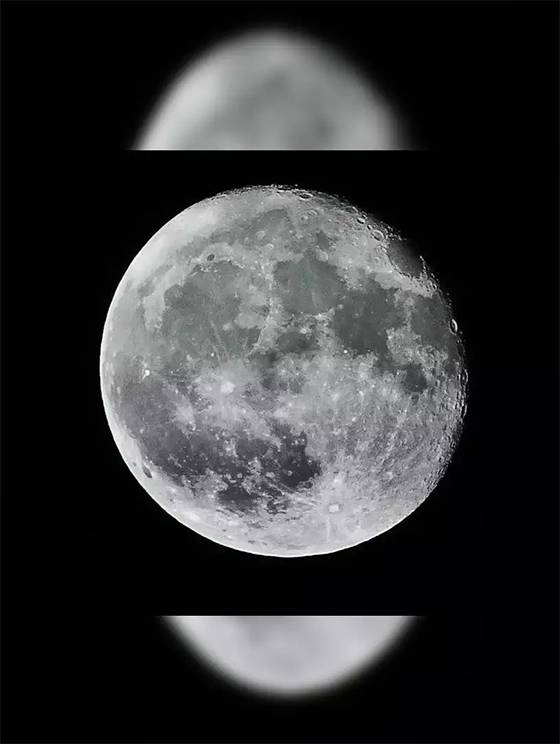
The December Full Moon reaches a declination of +28°15.9', making it the highest Full Moon visible in the Northern Hemisphere until 2042. This means it will stay above the horizon longer and appear exceptionally high in the sky. Conversely, in the Southern Hemisphere, the Moon will sit low above the horizon, glowing warm tones due to atmospheric scattering and appearing larger thanks to the Moon illusion.
December Supermoon: the last of 2025
This Cold Moon is also the last Supermoon of 2025. A Supermoon occurs when the Full Moon coincides with perigee, the Moon’s closest point to Earth. The December Supermoon will look about 7.9% larger and 15% brighter than average, though the difference is subtle without a comparison photo. For fun, try photographing this Full Moon and comparing it to the January 2026 Full Moon from the same viewpoint.
What is the Cold Moon name
The name Cold Moon comes from the Mohawk Native American tradition and reflects the increasingly frigid temperatures typical of December. Many cultures named Full Moons to mark seasonal changes, and the Cold Moon signified the arrival of deep winter. Alternative names include the Long Night Moon and the Moon Before Yule, while Southern Hemisphere cultures refer to it with summer-inspired names such as Strawberry Moon.
Mourning Moon meaning
In Pagan tradition, the last Full Moon before the winter solstice is called the Mourning Moon. It symbolizes introspection, release, and preparation for the renewal that follows the solstice. This makes the December Full Moon a time for reflection and emotional cleansing.
When is the next Full Moon
After the December 4 Cold Moon, the next Full Moon occurs on January 3, 2026, at 10:03 GMT. Known as the Wolf Moon, it marks the first Full Moon of the new year.
When are the next Cold Moon and next Supermoon
The next Cold Moon after 2025 will arrive on December 24, 2026. The following Supermoon will not occur until November 24, 2026.
Full Moon in December 2025: key facts
The December 4, 2025 Full Moon is a rare and exciting celestial event. It is the year’s final Full Moon, the last Supermoon until 2026, and the highest or lowest Full Moon depending on your hemisphere. Northern Hemisphere observers can expect an exceptionally high and long-lasting lunar arc, while Southern Hemisphere viewers will see a low, golden Moon hugging the horizon. With nearly two decades before such an extreme Full Moon returns, this Cold Moon offers an unmissable opportunity to witness one of the sky’s most extraordinary displays.




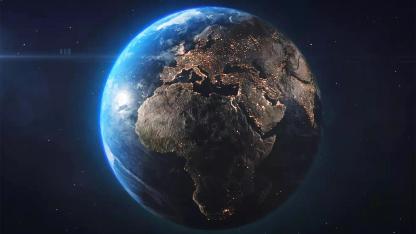

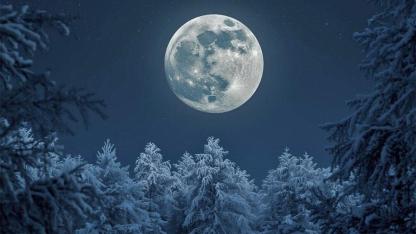

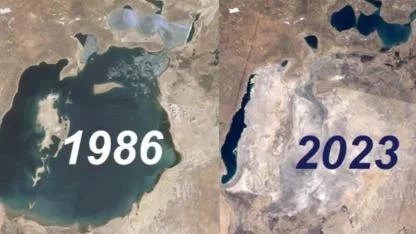
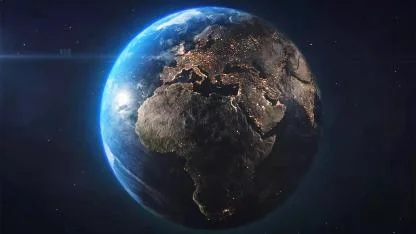
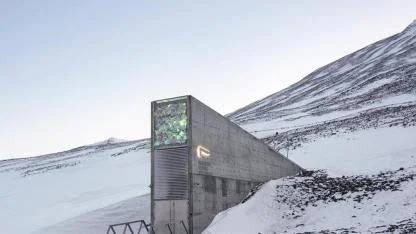

Yorumlar
Kalan Karakter: